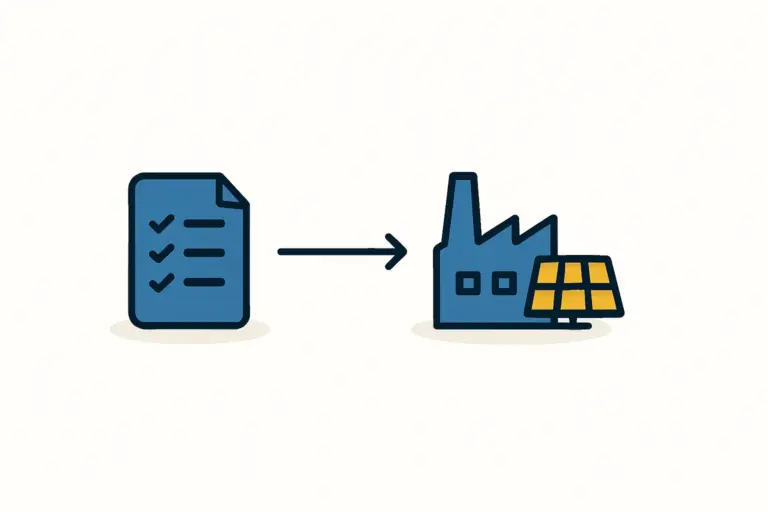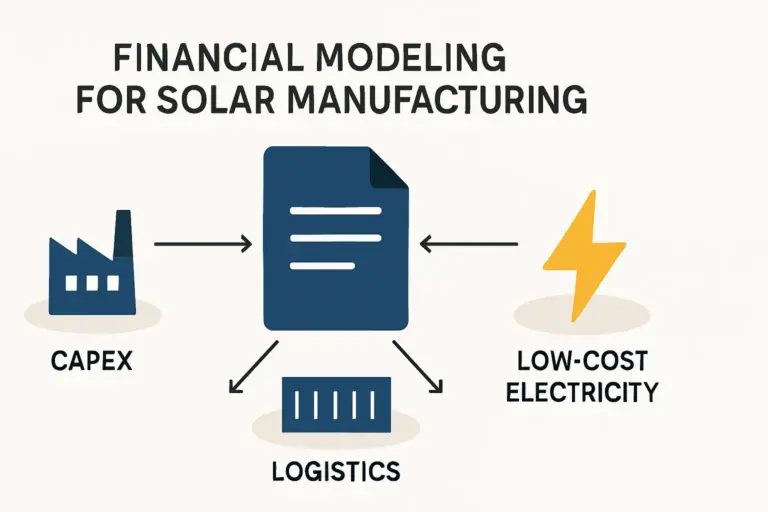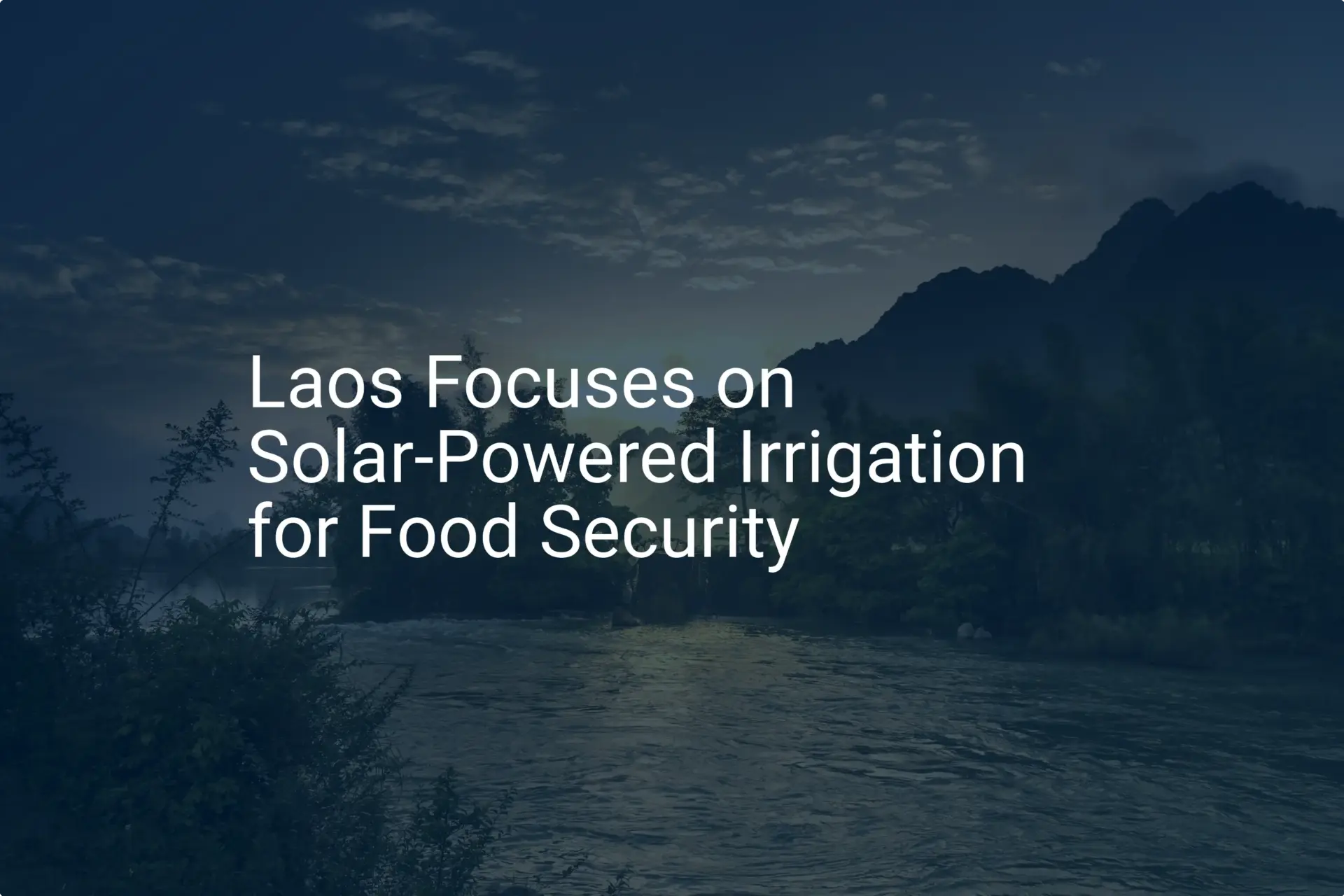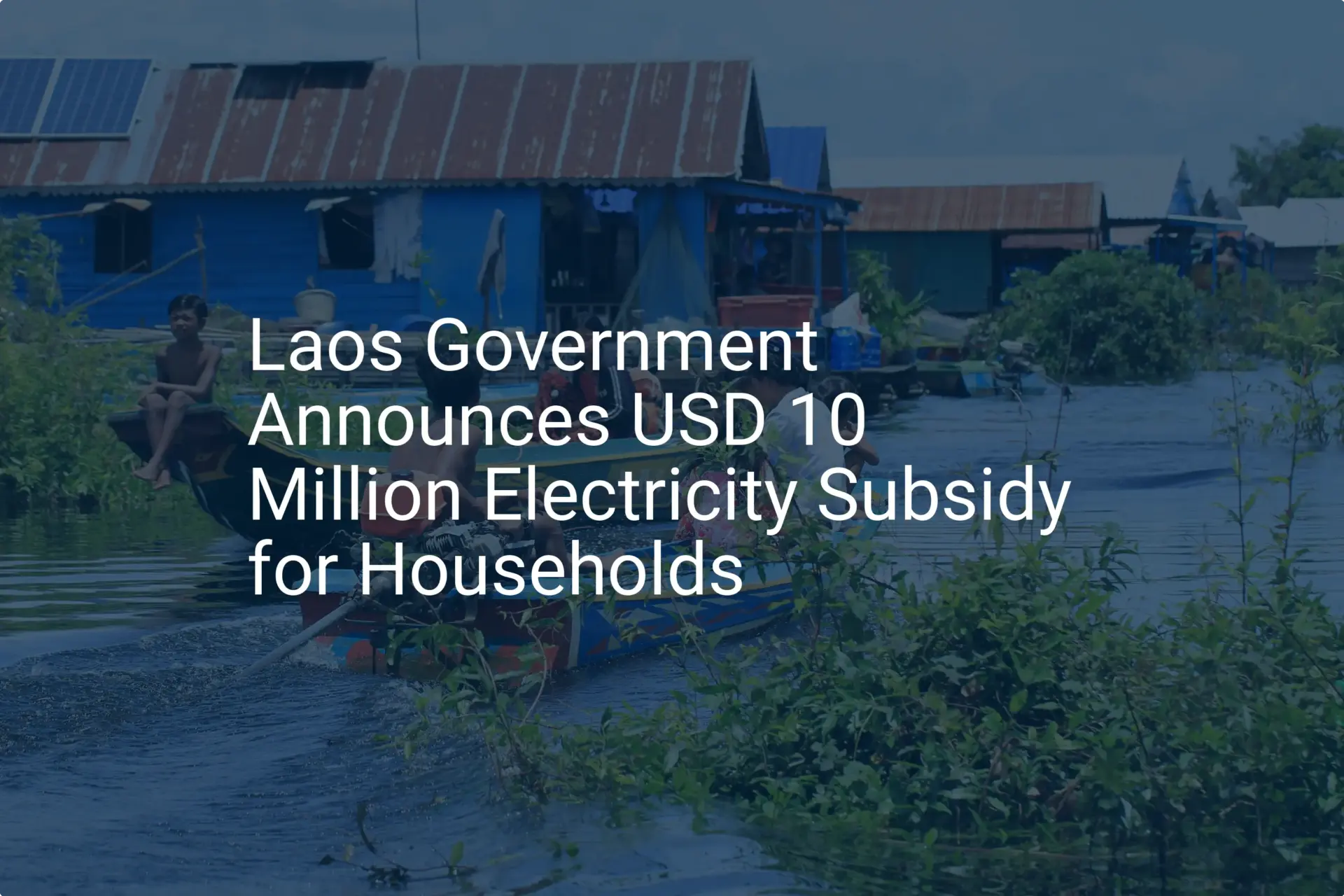An entrepreneur standing in Vientiane sees the immense potential of solar energy to power his nation’s future. He has the ambition and the capital to establish a solar module assembly plant. Yet, a fundamental question arises that will shape the project’s success: from where should the raw materials be sourced?
The choice is not as simple as finding the supplier with the lowest price per unit. For a factory based in Laos, the decision to source from manufacturing giants in China versus regional suppliers in Thailand and Vietnam hinges on a complex interplay of logistics, tariffs, quality control, and strategic risk. This analysis examines these factors, providing a clear framework for this critical business decision.
Laos: A Land-Linked Hub in a Dynamic Region
Laos’s unique geography as a ‘land-linked’ nation within the Greater Mekong Subregion (GMS) is its primary strategic asset. Situated between the industrial powerhouses of China, Vietnam, and Thailand, it offers logistical pathways that are unavailable to island nations or those with only sea access.
The recent inauguration of the Laos-China railway, for example, presents a new channel for goods. However, a successful sourcing strategy depends on understanding the true cost and efficiency of moving goods across these borders. While proximity seems straightforward on a map, customs procedures, freight costs, and infrastructure quality must be carefully assessed.
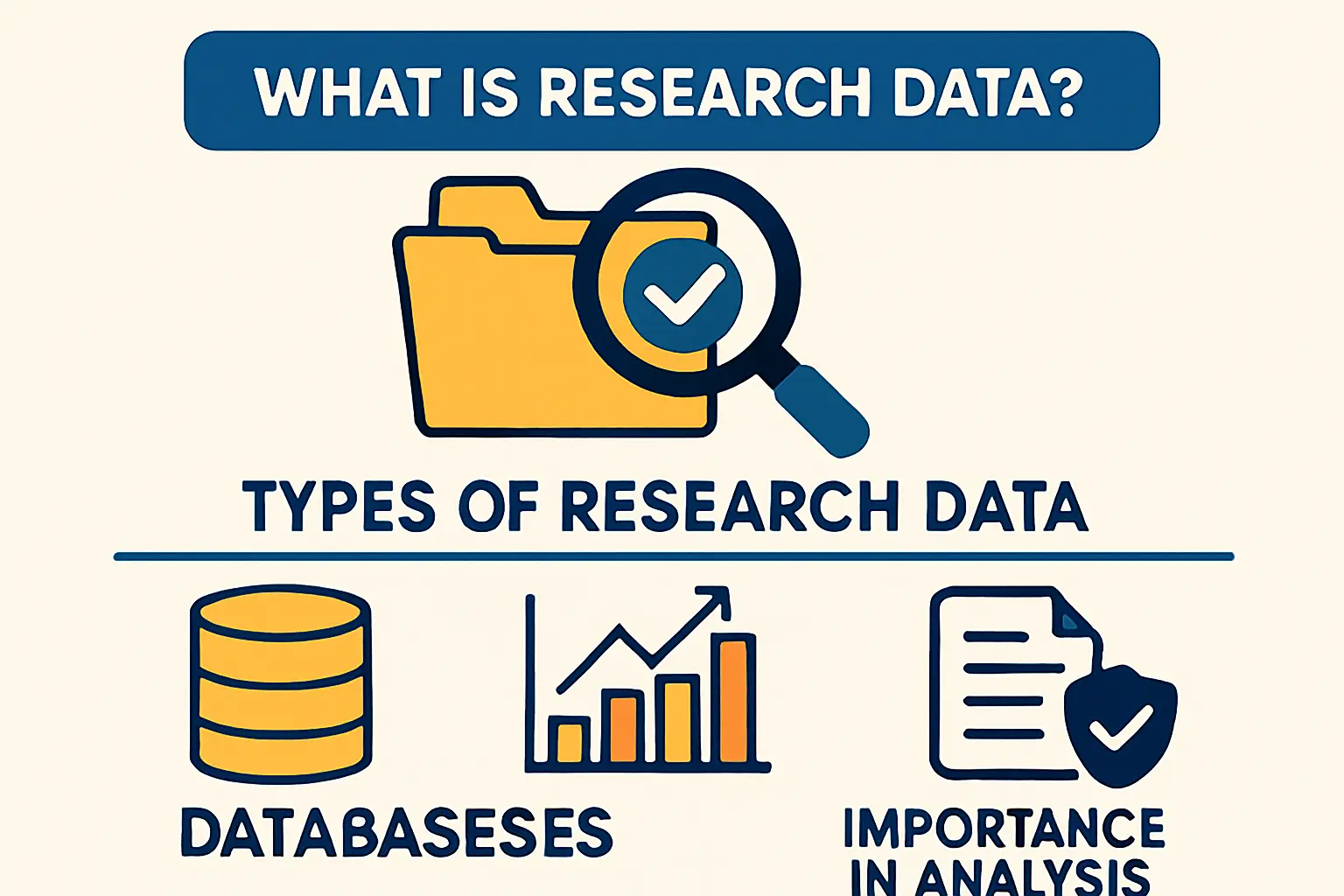
Evaluating the Primary Sourcing Markets
For a Laotian solar factory, three primary sourcing markets present unique profiles of opportunity and risk.
The Established Behemoth: Sourcing from China
For decades, China has been the default source for the global solar industry. Its unmatched scale of production has created a comprehensive supply chain and often yields the lowest ex-works pricing for core components.
- Advantages: Widest selection of suppliers for every item in the bill of materials (BOM), economies of scale leading to low unit costs, and extensive manufacturing experience.
- Considerations: Significant logistical challenges are the primary drawback. Components are typically shipped by sea to a port in Thailand or Vietnam and then transported overland into Laos. This multi-stage process adds considerable cost, time, and complexity. Furthermore, goods from China may be subject to import tariffs that do not apply to regional alternatives.
The Developed Neighbor: Sourcing from Thailand
Thailand represents a mature industrial partner directly on Laos’s border. The Thai government’s Board of Investment (BOI) has actively promoted its domestic solar manufacturing sector, creating a robust ecosystem of high-quality suppliers.
- Advantages: Simplified logistics via road freight across the Mekong Friendship Bridges can drastically reduce shipping times and costs. As a member of the ASEAN Free Trade Area (AFTA), trade with Thailand often benefits from reduced or eliminated tariffs. Proximity also makes in-person supplier audits and relationship-building far more feasible.
- Considerations: The unit cost for certain high-tech components, such as solar cells, may be higher than those from top-tier Chinese manufacturers. The breadth of suppliers, while extensive, may not match the sheer volume of options available in China.
The Rising Powerhouse: Sourcing from Vietnam
Vietnam has rapidly emerged as a critical hub in the global solar supply chain, with major international players like Trina Solar and Jinko Solar establishing significant manufacturing operations there.
- Advantages: Vietnam offers a competitive blend of pricing that can approach Chinese levels, combined with the logistical and tariff advantages of being an ASEAN neighbor. Its growing supplier base for components like aluminum frames, junction boxes, and glass is becoming increasingly sophisticated.
- Considerations: While growing quickly, Vietnam’s supply chain is not as mature or consolidated as China’s or Thailand’s. This can mean that quality and consistency vary more widely between suppliers, requiring a rigorous vetting and qualification process.

Beyond the Price Tag: Understanding Total Landed Cost
A common mistake for newcomers to manufacturing is to focus solely on the ex-works price—the cost of a component at the factory gate. The more important metric, however, is the total landed cost. This figure represents the true cost of getting a component to your factory floor, including the unit price, transportation, insurance, customs duties, and any applicable tariffs.
High logistical costs and import duties can easily negate a lower unit price from a distant supplier, resulting in a higher total landed cost. A slightly higher unit price from a Thai supplier, for example, can lead to a lower final cost once logistics and AFTA tariff advantages are factored in. This calculation is a critical part of any realistic business plan.
The Non-Negotiable: Quality Control and Supplier Management
The quality of incoming materials determines the reliability of the final product. A smooth and efficient solar panel manufacturing process is impossible without consistent, high-grade components. Here, regional sourcing offers a distinct operational advantage.
Geographic proximity makes it far more practical and cost-effective to conduct regular, in-person supplier audits. Sending an engineering team from Vientiane to a factory near Bangkok for a day is a simple exercise. Arranging a similar trip to a remote industrial zone in China is a far more complex and expensive undertaking. This accessibility fosters stronger supplier relationships, faster problem resolution, and greater confidence in the materials entering your production line.

Building a Resilient Supply Chain Strategy
Relying on a single supplier or a single country for all components introduces significant risk. Geopolitical events, trade policy shifts, or logistical disruptions can halt production unexpectedly. A resilient strategy often involves a hybrid approach.
Based on experience from J.v.G. Technology turnkey projects, a prudent model could involve:
- Sourcing solar cells from a major, high-volume producer in Vietnam.
- Procuring bulky, heavy items like aluminum frames and solar glass from Thailand to minimize transport costs.
- Importing specialized components like unique backsheets or encapsulants from China if they are not yet available from regional manufacturers.
This diversification mitigates risk and optimizes for cost and quality across the entire bill of materials. Designing this supply chain is a core part of planning the factory layout and design. Expert guidance, such as that offered for a turnkey solar manufacturing line, is invaluable for developing this strategy.
Frequently Asked Questions (FAQ)
What are the main raw materials needed for solar module assembly?
The primary components include solar cells, solar glass, aluminum frames, EVA (ethylene vinyl acetate) encapsulant, a backsheet (or a second pane of glass for glass-glass modules), and a junction box with cables.
How exactly does the ASEAN Free Trade Area (AFTA) help?
AFTA aims to reduce or eliminate tariffs on goods traded between member countries (including Laos, Thailand, and Vietnam). By sourcing from a supplier in Thailand or Vietnam, a Laotian factory can often import components duty-free, a direct cost saving unavailable when importing from China.
Is it better to source everything from one country for simplicity?
While seemingly simpler, single-country sourcing creates concentration risk. If that country experiences a lockdown, a natural disaster, or a change in trade policy, your entire production could be jeopardized. A diversified, multi-country sourcing strategy offers greater operational resilience.
How does political stability in the region affect sourcing decisions?
Political and economic stability are critical factors. It is essential to monitor the business environment in any supplier country. Long-standing trade relationships and stable governance, as seen between Thailand and Laos, often reduce investment risk compared to regions with more volatile trade policies.
Conclusion and Next Steps
For an entrepreneur establishing a solar factory in Laos, the sourcing decision must look beyond the sticker price. While China remains the largest global supplier, a detailed analysis of total landed cost, logistical simplicity, quality control advantages, and tariff benefits frequently points toward regional suppliers in Thailand and Vietnam as the more strategic choice.
The optimal solution is rarely a single-source answer but rather a carefully balanced hybrid strategy that mitigates risk while optimizing for cost and quality. Creating this strategy requires a thorough feasibility study, rigorous supplier qualification, and a deep understanding of regional logistics. This foundational work is a critical first step in building a successful and sustainable solar manufacturing business.


